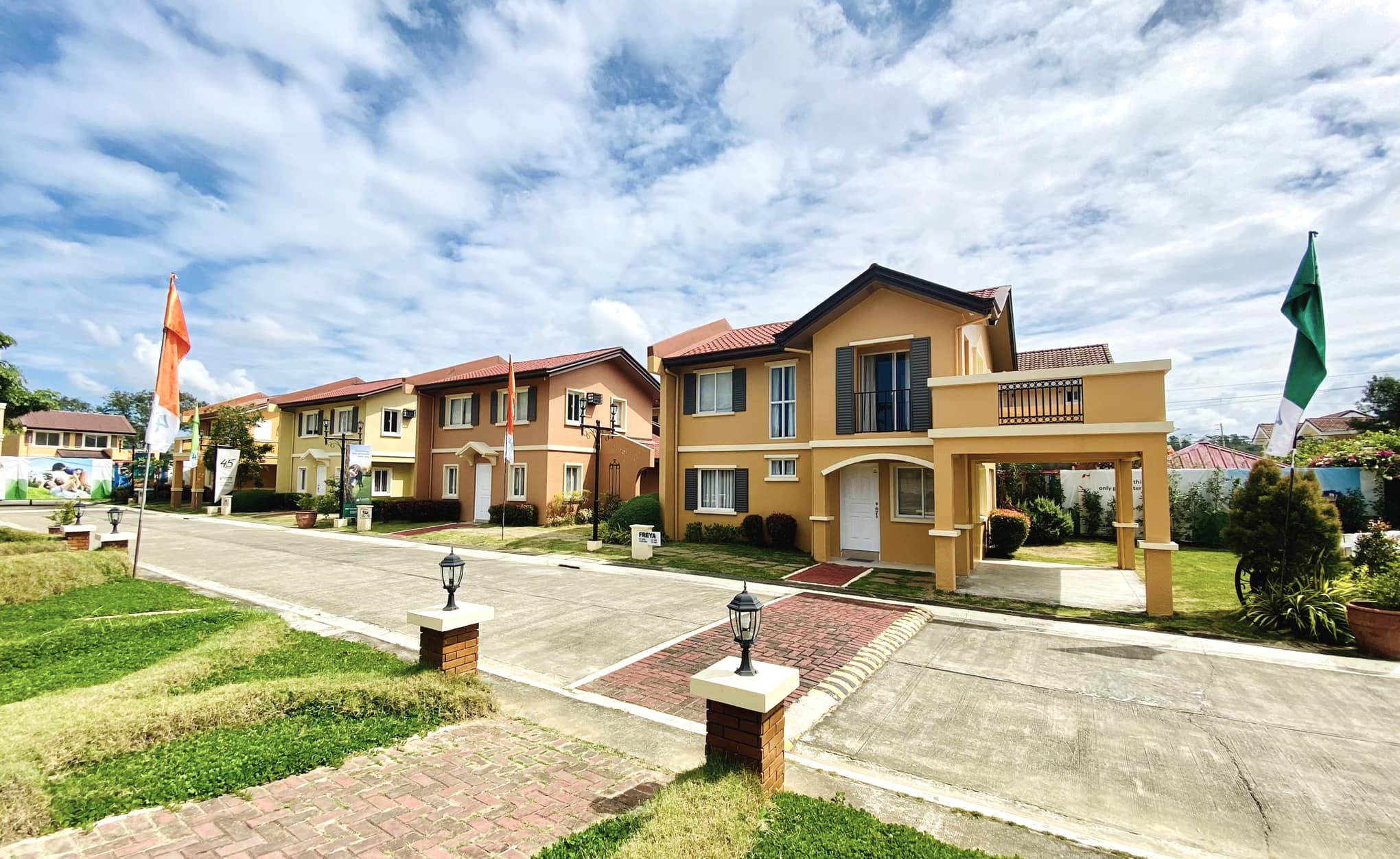
The colorful tapestry of the Philippine language again unravels as we celebrate Buwan ng Wika. However, there is one significant aspect of Philippine linguistics that is often overlooked—the captivating world of Filipino Sign Language (FSL).
Filipino Sign Language is a vibrant and expressive form of communication that bridges the gap between the deaf and hearing communities. Moreover, it has also woven itself into the rich fabric of our linguistic heritage. As a language that celebrates diversity, inclusivity, and the art of expression, it is only fitting to pay tribute to FSL in the observance of Buwan ng Wika.
Below, we explore the beauty and significance of FSL.
The Origins of the Filipino Sign Language
Filipino Sign Language (FSL) or Philippine Sign Language, is the primary means of communication among the Filipino deaf community. Records indicate this system of communication existed in the Philippines as early as 1604 when Spanish priests went out to spread religious teachings.
However, American Sign Language (ASL) would later heavily influence FSL with the establishment of American-led institutions. One of which is the School for the Deaf and Blind or what is now the Philippine School for the Deaf. Furthermore, the ascendancy of the American Sign Language continued with the entrance of additional institutions like the Deaf Evangelistic Alliance Foundation.
As such, there were concerns that this influence would later erase the indigenous signs incorporated in the FSL. Despite this, FSL emerged as a unique language of its own that is neither based on Tagalog nor English. In fact, the International Deaf Education Association (spearheaded by a former Peace Corps volunteer) primarily used the FSL as its language of instruction in as early as 1982. Moreover, FSL independently evolved over the years, setting it apart from ASL.
Is Filipino Sign Language (FSL) the same as American Sign Language (ASL)?
The influence of ASL on FSL is evident, but FSL has unique characteristics that set it apart. These are things such as overall form, sign formation, and distinct grammar that showcase the language’s cultural adaptation and development within the Filipino context. Ultimately, the interplay of these two sign languages has played a significant role in shaping FSL into the dynamic and inclusive language it is today.
What is the Filipino Sign Language Act?
The Filipino Sign Language Act declares Filipino Sign Language as the national sign language of the country. This was made into law with the signing of Senate Bill No. 1455 in 2018, which was later adopted by the House of Representatives to amend the Magna Carta for Persons with Disabilities (Republic Act. No. 7277).
The new act brought changes to FSL and the rights of the deaf community in the Philippines that include but are not limited to the following:
FSL as the country’s national sign language
The act formally recognizes Filipino Sign Language as the official sign language of the Philippine deaf community and its official communication. Furthermore, it also establishes FSL as the Philippines’ official sign language and requires the presence of qualified sign language interpreters in government transactions involving people from the deaf community.
Education and accessibility
The act also mandates national and local government agencies involved in deaf education to use the FSL when instructing. Additionally, it requires the teaching of FSL as a separate subject in the deaf learners’ curriculum.
Access to information and services
The FSL Act requires public institutions to provide information and services in FSL, ensuring equal access for the deaf population. Moreover, it encourages the development of accessible communication tools like FSL interpretation services for public announcements and important information dissemination.
Employment and workplace inclusion
The act also emphasizes the importance of workplace inclusion and equal employment opportunities for members of the deaf community. This means encouraging employers to provide accommodations for accessibility and effective communication at work.
Cultural and linguistic preservation
The decline in indigenous elements is one of the main concerns with FSL. The new act addresses this as it lays out programs to highlight the cultural significance of the FSL not only within the deaf community but in the development of Philippine languages as a whole.
Advocacy awareness and legal protection
Lastly, the act encourages public awareness campaigns and educational initiatives about FSL. This aims to reduce stigma, promote understanding, and foster a more inclusive society for the deaf community.
The importance of FSL as a Filipino language
Filipino Sign Language is a crucial element in the evolving Philippine language landscape as it represents a linguistic and cultural bridge for the deaf community in the country. Here are some key points highlighting the importance of FSL:
Cultural and linguistic identity
FSL is the natural and primary means of communication for many deaf Filipinos. Like spoken languages, it has its own grammatical rules, vocabulary, and nuances that reflect the unique culture and identity of the Philippine deaf community. Thus, preserving and promoting FSL contributes to the overall linguistic diversity and richness of our local languages.
Inclusivity and accessibility
Expression through language is a fundamental human right, and FSL empowers deaf individuals to participate fully in society. Moreover, it fosters inclusivity and breaks down communication barriers. Recognizing and supporting FSL ensures that deaf individuals have equal access to information, education, and opportunities.
Education
FSL is a vital part of education for members of the deaf community. Without a proper language foundation, it becomes challenging for them to learn other subjects effectively. As such, providing education in FSL, especially during the early years, is essential for their cognitive and intellectual development.
There is quite a number of Philippine school for the deaf. Deaf children in these schools are provided deaf education in many different ways including sign language, oral communication, and written communication. Moreover, these even offer extracurricular activities, such as sports and music.
De la Salle College is one of the very few colleges in the country that offer college education to hearing impaired students through its deaf education and applied studies. Other deaf schools include the Bohol Deaf Academy and Laguna Christian College.
Cultural heritage and representation
FSL is inseparable from the cultural heritage of the deaf community in the Philippines. By preserving and promoting FSL, we also help maintain this important piece of culture for the deaf community. This way, they can pass down stories, folklore, and other cultural expressions without having to borrow from the language of other cultures.
Moreover, recognizing FSL as an official language is an important advocacy. Ensuring its visibility in various spheres of society, such as media, government, and public spaces, is a good representation of the deaf community as it acknowledges their linguistic rights and provides a platform for self-expression.
Social integration and empowerment
By empowering deaf individuals with a strong linguistic foundation, they can participate more actively in their communities, workplaces, and other public setting. This also helps foster a welcoming environment where they can truly belong.
Ultimately, incorporating FSL into the broader development of the Philippine language is a commitment to diversity, equity, and inclusion. It acknowledges that linguistic diversity encompasses beyond the spoken form. Finally, it acknowledges the unique needs and perspectives of the deaf community that are as equally important to the fabric of the nation’s identity.
Choose a community that celebrates Filipino heritage and identity.
Come home to a community of true Filipino heritage. With neighborhoods that are designed with core Filipino family aspirations and values in mind, Camella sets the standards for dream communities. Discover properties that are best suited to your needs.

Check out our House and Lot for Sale Properties
Discover our house and lot for sale properties in the Philippines


